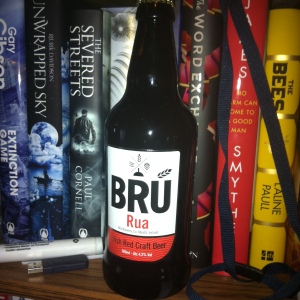In the run up the the fortieth CAMRA Kent Beer Festival, they called for people’s nominations for favourite beers. Forty beers were chosen, and it’s an often depressing list. I’m thinking that I can probably only sample five or six pints, so there’s no point having something I could drink elsewhere. I’m also aware the poltical background to some of the breweries, so some might leave an ideological aftertaste…
Adnams: Broadside; Southwold Bitter
These are fine, but pretty universal – my objection is that I’m someone who would rather try something new. Ghost Ship is better than either of these.
Canterbury Brewery: Red Rye
I like this, but I can often get it at the mother ship, the Foundry. Do try it if you have the chance.
Black Sheep: Best Bitter
Offshoot of the Theakston’s family. It’s ok, but not great.
Brains: SA
Fairly well distributed, but I’ve never had a great pint of it
Brakspears: Bitter
And the same. From the Marston’s stable.
Bristol Beer Factory: Independence Ale
Now you’re talking. I’ve had bottles from this brewery, but I want to try this
Burning Sky: Devil’s Rest
A new-comer, from the ex-head brewer of Dark Star. For what was meant to be fairly limited, this is getting in all the good pubs. I’ll give it a miss for now. (I prefer Plateau and Aurora.)
Butcombe: Bitter
Had a pint of this last night. Likable.
Dark Star: Hophead
Yes, please, but perhaps over familiar.
Fullers: ESB; London Pride
Fairly universal, but the parent company’s attitude to austerity means it’d have a sour taste. The potable is political.
Goachers: Fine Light Ale; Gold Star; Real Mild Ale
I don’t get Goachers as often as I like – more west Kent? Tempting to go with the Light Ale.
Greene King: IPA
Seriously? Andy in the New Inn keeps a fine pint of this, and it’s his bestseller, but I wouldn’t pay to go to a beer festival to drink it. Plus, Greene King’s attitude to tax is … awkward.
Harveys: Sussex Best Bitter
An old fashioned beer, faitly universal in the south east.
Hopdaemon: Golden Braid; Green Daemon; Incubus; Skrimshander
I used to drink a lot of Hopdaemon, but not recently. These are all fine.
Sarah Hughes: Dark Ruby Mild
I’ve always missed this brewery when I’ve been to pubs that Perfect Pint or the GBG claim have it – very tempting but I’m not a mild fan. One for later in the evening.
Oakham: Bishop’s Farewell; Citra
I think one of the earliest Citra beers. I’d happily drink either of these.
Old Dairy Brewery: Blue Top
My first Old Dairy was a Blue Top and it wasn’t good, but I’ve had better since and better Blue Top. Tempting.
Portobello: VPA
I like these beers. VPA is great, but I’ve had it a lot recently.
Ramsgate: Gadds No 5; Gadds No 7
Fairly common round these parts – again, I’d be wasting a pint to have one but they are good.
St Austell: Proper Job; Tribute
Fairly common in the New Inn; I think I prefer the Tribute, but again, too common.
Sharps: Doom Bar
Really? Seriously? You’d buy this at a beer festival? Yawn. I’d start ranting, but save it for…
Shepherd Neame: Master Brew Bitter; Bishop’s Finger
Fifty percent of pubs in Kent and Sussex must be Sheps. If you want to drink this, stay in your local. Bishop’s Finger is the better of the two.
Skinners: Betty Stogs
People rave about it, but I guess I’m not buying into the Cornish marketing. I’ve leave it for those who appreciate it.
Timothy Taylor: Landlord
An old favourite, but I’ll pass this time.
Thornbridge: Jaipur
Tougher to get than it used to be, one of the best beers ever. Fairness would make me squint at the link from the brewer’s owner Jim Harrison to the former CEO of A4E, Emma Harrison. Tough call. I may well be swayed, but my guess is it’ll go quickly.
Tonbridge Brewery: Rustic
I don’t see Tonbridge that often; tempting.
Wantsum: Hengist
Wantsum is frustrating, a bit hit and miss. Tempting.
Whitstable: East India Pale Ale
A former regular, which I’ve not had for a while. Very tempting.
Woodfordes: Wherry
Another old-fashioned beer, but is often at the New Inn.
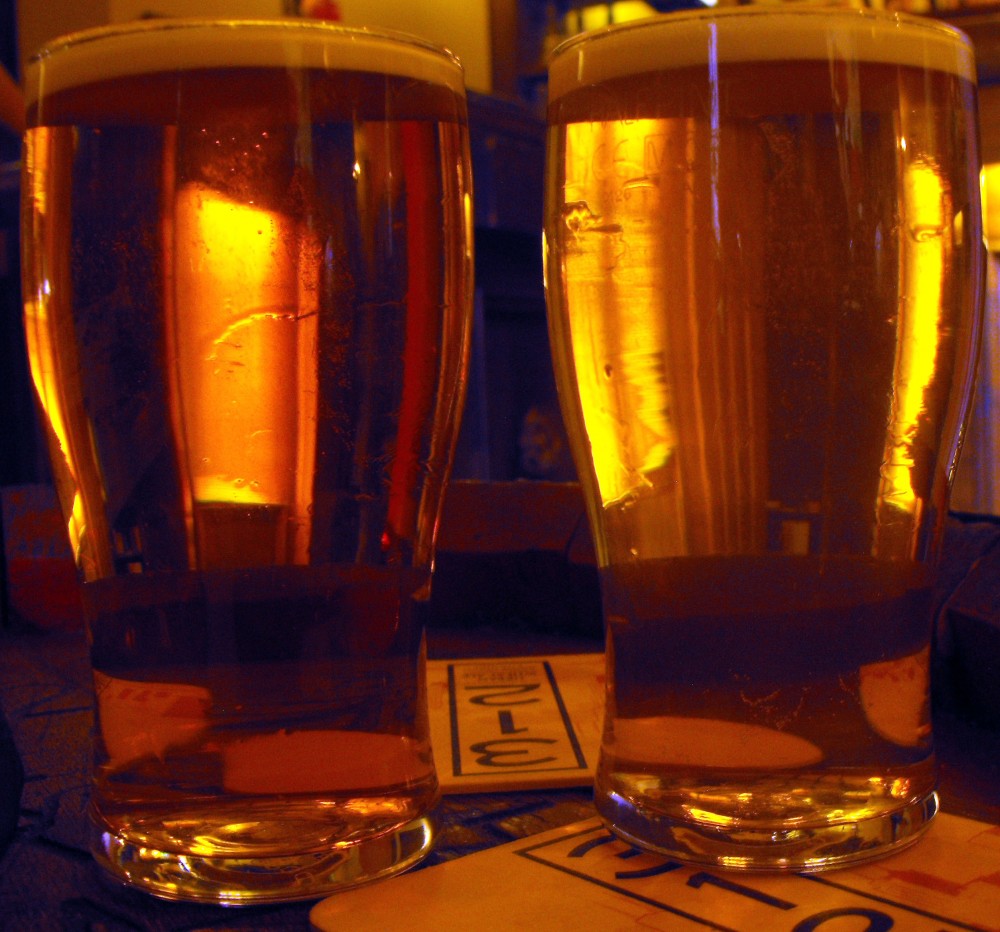

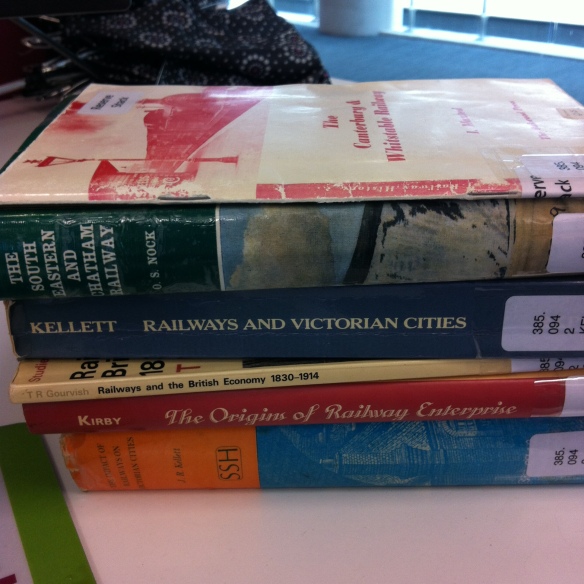
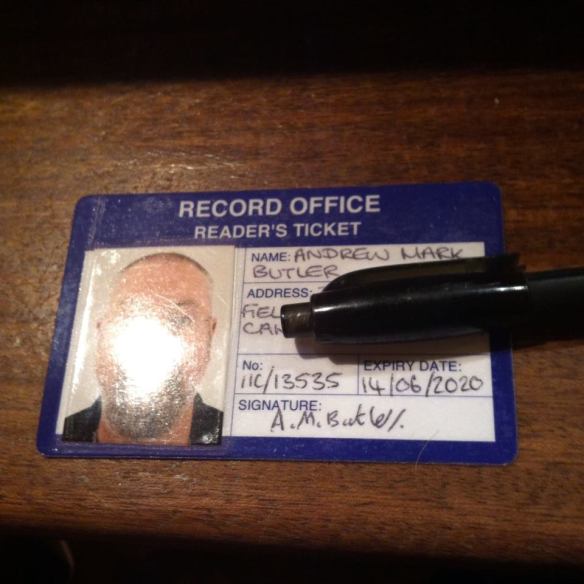
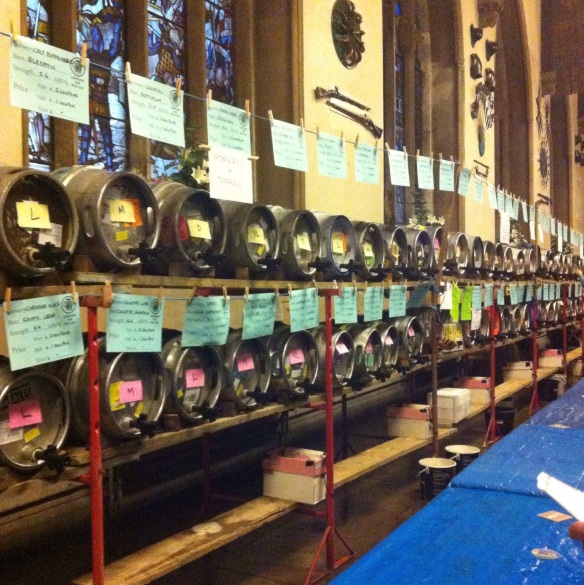
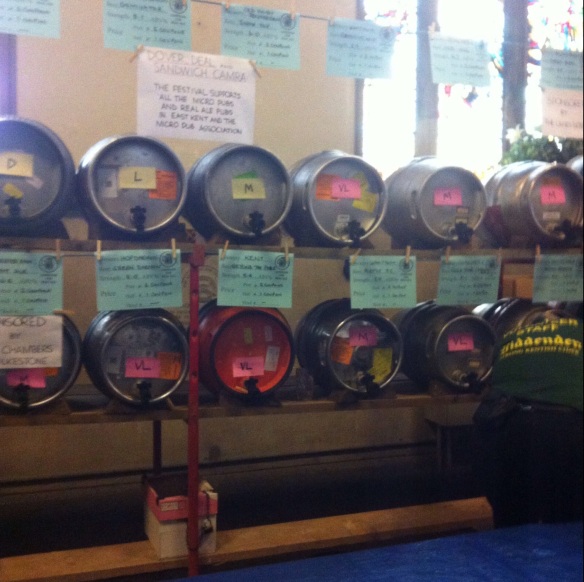 [Pictures to follow]
[Pictures to follow]

